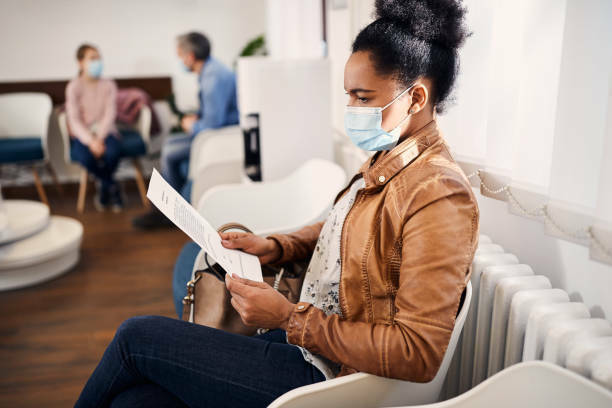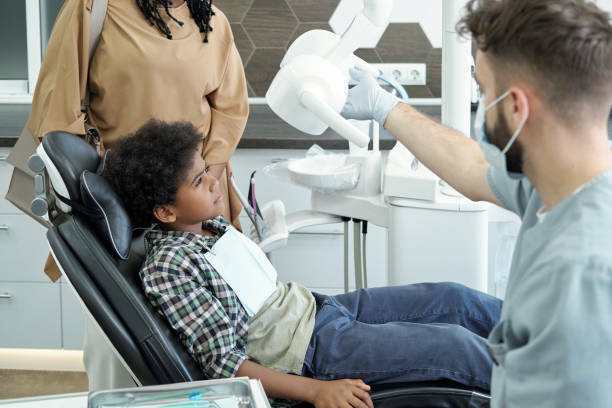What exactly is the meaning of breast cancer screening?
Mammograms are the most effective way to detect breast cancer early when it is easy to treat and before it has grown large enough to cause symptoms.
Breast cancer screening is the process of examining the woman’s breasts for cancer before there are any symptoms or signs of the disease. It’s the responsibility of medical providers to make women aware of the best screening options available to them. When you are informed about the benefits and risks of screening, consult with your provider to determine whether screening is right for you. And, if your doctor advises you to have screening tests, you must do so as soon as possible. This is referred to as informed and collaborative decision-making.
Although breast cancer screening cannot prevent the disease, it can aid in the early detection of the disease when it is easier to address. Talk to your physician about which breast cancer screening tests are appropriate for you and when you should get them.
Breast Cancer Screening and Recommendations
The USPSTF (or U.S. Preventive Care Services Task Force) is a group of doctors and disease experts who review research on the best ways to prevent diseases and provide recommendations on how physicians can help patients avoid diseases or find conditions early.
The USPSTF recommends that women between 50 and 74 years of age who are at average risk for breast cancer get screening tests every two years. Women between the ages of 40 and 49 should consult their doctor or another medical professional about when and how often they should get a mammogram. Women should consider the benefits and risks of screening tests when deciding whether to begin having cancer screenings before 50.
Breast Cancer Screening Tests or Mammograms
Where Can I Get a Screening?
Breast cancer screenings are available at hospitals, clinics, and doctor’s offices. Call your doctor’s office if you want to have a screening test for breast cancer. They will help you schedule an appointment.
The government requires health insurance programs to cover breast cancer screenings every one to two years for females beginning at age 45, without any upfront expenses (like a deductible, co-pay, or co-insurance).
Are you concerned about the price? The CDC offers complimentary or low-cost cancer screenings. Find out if you are eligible.
Mammogram
A mammogram is an X-ray test used to examine the breast. Mammograms are the best way for many women to detect breast cancer early when it is potentially reversible and before it becomes a lump to cause symptoms. Having periodic mammograms can reduce the risk of getting breast cancer. Also, a mammogram is the most effective way to detect breast cancer for most women of screening age.
Breast Magnetic Resonance Imaging (or MRI)
A breast MRI uses radio and magnetic waves to create images of the breast. Breast MRI is also used with mammograms to screen women at high risk of developing breast cancer. MRIs are not used for females at average risk because they can show abnormalities even when there are no cancerous cells.
Other Examinations
Clinical Breast Examination
A clinical breast examination is a physical test conducted by a physician or nurse who uses their hands to feel for lesions or other changes in the breast.
Breast Cancer Self-Awareness
Knowing how your breasts look and feel can assist you in detecting symptoms such as lumps, pain, or changes in size that may indicate a problem. You should notify your doctor or health care provider of any changes you notice.
Benefits and Risks of Screening Tests
Every screening test has benefits and side effects, which is why it’s critical to consult with your doctor before undergoing any screening test, such as a mammogram.
Benefits of Screening Tests
The benefit of screening test is that it detects cancer early, which is easier to treat.
Risks of Screening Tests
Harms can include false-positive test results, which occur when a doctor observes something that appears to be cancer but is not. This may necessitate additional tests, which can be invasive, costly, time-consuming, and may cause stress.
Tests can often lead to overdiagnosis when physicians find cancer cells that do not cause symptoms or problems and may even disappear entirely. The treatment of these cancers is known as overtreatment. Overtreatment may include breast cancer treatments such as surgery or radiation therapy. Other potential risks of breast cancer screening include pain during procedures and radiation exposure from the mammogram test. These can cause unwanted and unnecessary side effects. While the radiation dose in mammograms is small, having repeated X-rays may pose potential health risks. Furthermore, mammograms may miss some cancerous cells, resulting in false-negative test results and potentially delaying cancer detection and treatment. Please read our system usage guidelines and disclaimer here.





